
Cheap flights to Bijie (BFJ)
Best Flight Deals in Philippines
Flights to Bijie, Guizhou Province, China
Bijie is located in Northwestern Guizhou. Bijie is famous for its charming scenery. It is praised for being the place of “Dongtian Lake, the hometown of flowers and birds and a paradise for escaping the summer heat." Bijie has a rich history and culture including having been a revolutionary capital of three provinces and a great revolutionary base south of the Yangtze River. Famous scenic spots include the Fifty Kilometers of Rhododendron, the Zhijin Cave, Caohai, Qicai Plains, Lengshui River and Guizhou Xuanweifu.
Airports in Bijie
1. Bijie Feixiong Airport
Bijie Feixiong Airport is the main airport in Guizhou Province serving the city of Bijie. It is located in Dafang County, 18 kilometers from the city center. Construction began in May 2011 with a total investment of 1.05 billion CNY, and the airport was opened on 16 June 2013. The Bijie Feixiong Airport is Guizhou Province biggest and busiest airport. Bijie Feixiong Airport has one terminal where one is known as the main airport for serving domestic flights. At Bijie Feixiong Airport there is many duty-free shops and recreational walk path in the building. To go in and out of the airport is easy because there are many types of transportation available in Bijie Feixiong Airport for the visitors.
How to Get Cheap Flights to Bijie?
Traveloka is a travel search engine that makes it easy for travellers to find the cheapest flights to Bijie. All you need to do is key in the information in the search box, and the application will recommend the best trip according to your budget. It compares flight prices across some trusted airlines to help you to get the best possible deal. Use Traveloka’s price alert feature to be notified of flights in your desired price range to get the best flight price to Bijie.
When is the Best Time to Fly to Bijie?
The off-peak season is around December to March because of heavy rains. Peak season in Bijie is June, August and July. If you plan your trip well, you can save your money because the price for hotels and flights during the peak season will cost you a lot of money. The best time to visit Bijie is around May to July because Bijie will have settled weather as the entire country will go through a dry season, resulting in clear skies and snowy.
Bijie has an average temperatures where humidity, temperatures feel nice most of the year. Due to its low latitude and elevation above 1,700 m (5,600 ft), Bijie has a monsoon-influenced subtropical highland climate (Köppen Cwb), bordering on a humid subtropical climate (Köppen Cwa) with hot, rainy summers and cool, damp winters. The monthly 24-hour average temperature ranges from 2.9 °C in January to 21.7 °C in July, while the annual mean 13.01 °C. Rainfall is very common year-round, occurring on 206 days of the year, but over half of the annual total occurs from June to August. With monthly percent possible sunshine ranging from 15% in January to 44% in August, the city receives 1,218 hours of bright sunshine annually; spring is sunnier and features warmer daytime temperatures than autumn.
What are the Top 3 Things to Do in Bijie?
1. Zhijin Cave – Located in Zhijin County, Bijie City, Guizhou Province, Zhijin Cave is a trove of precious cave resources, full of stalagmites and stone pillars of every form creating an incredibly varied karst cave setting. The sheer variety of stalactites here enchants the eyes. Entering the cave is like entering a multi-colored fantasy world, a breathtaking work of art by nature.
2. Baili Dujuan – Many different colors and varieties of rhododendron grow at the Baili Dujuan Scenic Area, which straddles Qianxi and Dafang counties: brilliant red, pink, purple, and more. Here you can catch the rare sight of different colors of flower growing on the same tree. It is said that during the annual blooming season, female divinities sneak down from the heavens to the mortal realm to enjoy the flowers and sing and dance together with the young women among the flowers. That is why this is the ideal location for the flower festivals of the Yi and Miao peoples.
3. Caohai Lake – Caohai Lake is located beside Weining County, about 2,000 meters above sea level. It is one of the three highland freshwater lakes in China. Its perennial water surface is as large as five of Hangzhou’s West Lakes. There are also more than 120 aquatic plants growing on the lake bed underneath, which provides sufficient food for more than forty species of fish. A large number of fishes, shrimp, clams, snails and plankton provide plenty of food for more than 180 species of birds living here.
Bijie is located in Northwestern Guizhou. Bijie is famous for its charming scenery. It is praised for being the place of “Dongtian Lake, the hometown of flowers and birds and a paradise for escaping the summer heat." Bijie has a rich history and culture including having been a revolutionary capital of three provinces and a great revolutionary base south of the Yangtze River. Famous scenic spots include the Fifty Kilometers of Rhododendron, the Zhijin Cave, Caohai, Qicai Plains, Lengshui River and Guizhou Xuanweifu.
Airports in Bijie
1. Bijie Feixiong Airport
Bijie Feixiong Airport is the main airport in Guizhou Province serving the city of Bijie. It is located in Dafang County, 18 kilometers from the city center. Construction began in May 2011 with a total investment of 1.05 billion CNY, and the airport was opened on 16 June 2013. The Bijie Feixiong Airport is Guizhou Province biggest and busiest airport. Bijie Feixiong Airport has one terminal where one is known as the main airport for serving domestic flights. At Bijie Feixiong Airport there is many duty-free shops and recreational walk path in the building. To go in and out of the airport is easy because there are many types of transportation available in Bijie Feixiong Airport for the visitors.
How to Get Cheap Flights to Bijie?
Traveloka is a travel search engine that makes it easy for travellers to find the cheapest flights to Bijie. All you need to do is key in the information in the search box, and the application will recommend the best trip according to your budget. It compares flight prices across some trusted airlines to help you to get the best possible deal. Use Traveloka’s price alert feature to be notified of flights in your desired price range to get the best flight price to Bijie.
When is the Best Time to Fly to Bijie?
The off-peak season is around December to March because of heavy rains. Peak season in Bijie is June, August and July. If you plan your trip well, you can save your money because the price for hotels and flights during the peak season will cost you a lot of money. The best time to visit Bijie is around May to July because Bijie will have settled weather as the entire country will go through a dry season, resulting in clear skies and snowy.
Bijie has an average temperatures where humidity, temperatures feel nice most of the year. Due to its low latitude and elevation above 1,700 m (5,600 ft), Bijie has a monsoon-influenced subtropical highland climate (Köppen Cwb), bordering on a humid subtropical climate (Köppen Cwa) with hot, rainy summers and cool, damp winters. The monthly 24-hour average temperature ranges from 2.9 °C in January to 21.7 °C in July, while the annual mean 13.01 °C. Rainfall is very common year-round, occurring on 206 days of the year, but over half of the annual total occurs from June to August. With monthly percent possible sunshine ranging from 15% in January to 44% in August, the city receives 1,218 hours of bright sunshine annually; spring is sunnier and features warmer daytime temperatures than autumn.
What are the Top 3 Things to Do in Bijie?
1. Zhijin Cave – Located in Zhijin County, Bijie City, Guizhou Province, Zhijin Cave is a trove of precious cave resources, full of stalagmites and stone pillars of every form creating an incredibly varied karst cave setting. The sheer variety of stalactites here enchants the eyes. Entering the cave is like entering a multi-colored fantasy world, a breathtaking work of art by nature.
2. Baili Dujuan – Many different colors and varieties of rhododendron grow at the Baili Dujuan Scenic Area, which straddles Qianxi and Dafang counties: brilliant red, pink, purple, and more. Here you can catch the rare sight of different colors of flower growing on the same tree. It is said that during the annual blooming season, female divinities sneak down from the heavens to the mortal realm to enjoy the flowers and sing and dance together with the young women among the flowers. That is why this is the ideal location for the flower festivals of the Yi and Miao peoples.
3. Caohai Lake – Caohai Lake is located beside Weining County, about 2,000 meters above sea level. It is one of the three highland freshwater lakes in China. Its perennial water surface is as large as five of Hangzhou’s West Lakes. There are also more than 120 aquatic plants growing on the lake bed underneath, which provides sufficient food for more than forty species of fish. A large number of fishes, shrimp, clams, snails and plankton provide plenty of food for more than 180 species of birds living here.
Airline Partners
Top Packages Destination
More Xperience in Bijie
Top Flight Routes

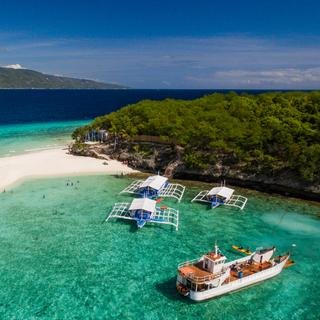
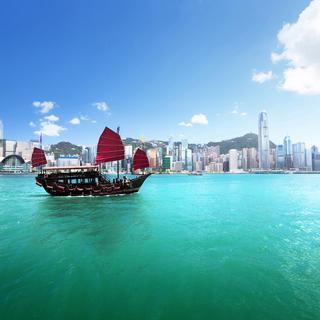

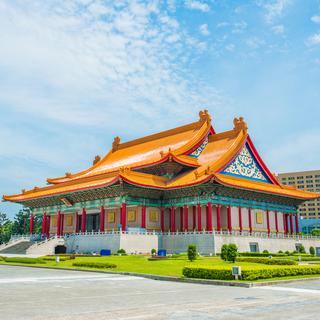
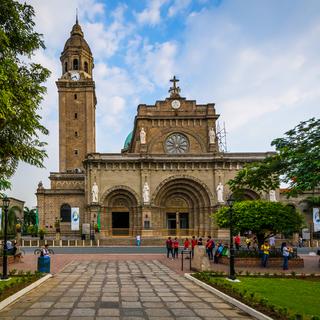


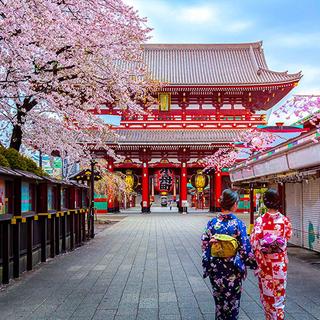
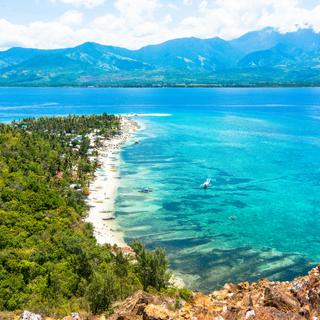












































 Facebook
Facebook Instagram
Instagram TikTok
TikTok Youtube
Youtube
